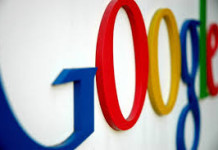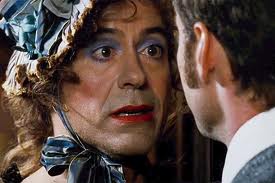In the American panorama, fitness culture has taken a front-row seat. Sculpted physiques have become the driving force in our self-image-fueled society. An aesthetic representation of health has hijacked the popular consciousness, becoming not only coveted but also expected. It’s a celebration of the human body, but with its glorification, the “healthy” standard morphs into an unreachable Everest for many.
Couched in the language of possibilities without borders, fitness campaigns shine a spotlight on personal responsibility, with Nike’s “Just Do It” mantra being the poster child for such efforts. It’s not about selling sneakers, it’s about selling the dream that we can all ascend to athletic greatness. Their website continues this narrative, stating, “Your daily motivation with the latest gear, most effective workouts and the inspiration you need to test your limits ––and unleash your potential.” The push is persuasive, especially for young customers grappling with identity, schooling, or job hunting.

Similar slogans resound from the likes of Equinox, LA Fitness, and Shadow Fitness, all tapping into the ethos of self-determination, willpower, and personal growth. As Forbes reports, the multi-billion dollar fitness industry, which has grown steadily over the last decade, is fueled in part by gym-rat adults. The motivation? Lower health insurance costs and the powerful self-affirmation that accompanies taking the reins of one’s health.
Contrast this landscape with the stark reality: many Americans remain outside this idealized circle of health and fitness, intensifying the quest for better bodies. The message to our ageing, overweight, and unwell population is unequivocal: “get in shape or get left behind.” And this pressure isn’t limited to one demographic; it’s an equal opportunity oppressor, driving men, women, and the non-binary to chase this epitome of health. Fitness obsession seeps into every corner of our lives, from diet plans to gym memberships, from yoga studios to the booming wellness industry. Even giants like Amazon have recognized this lucrative market, snapping up Whole Foods.
















